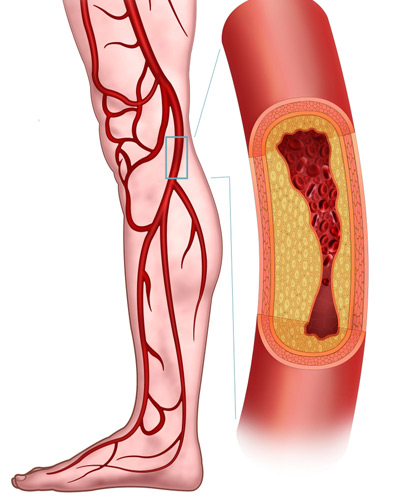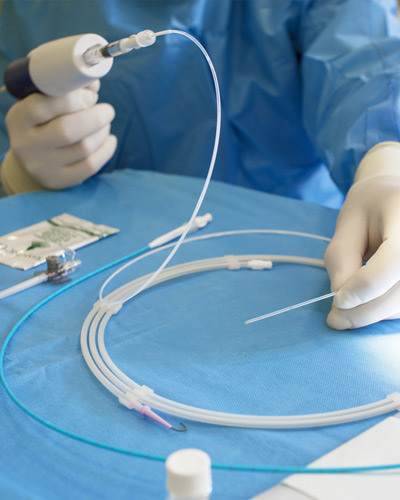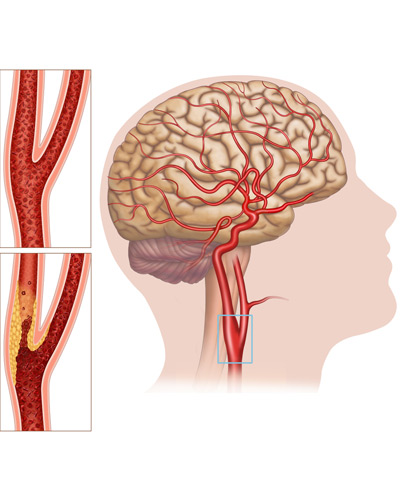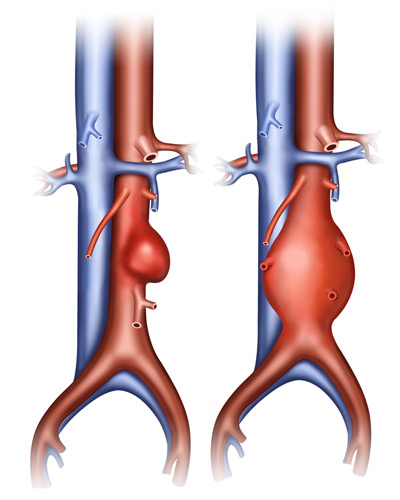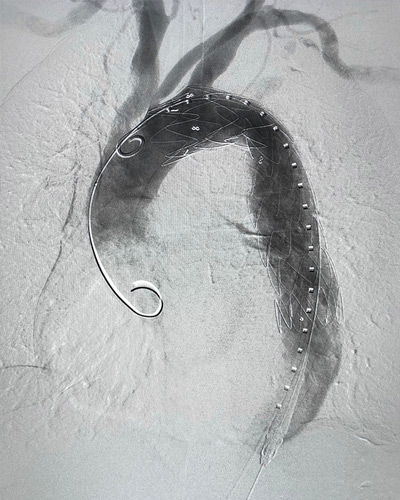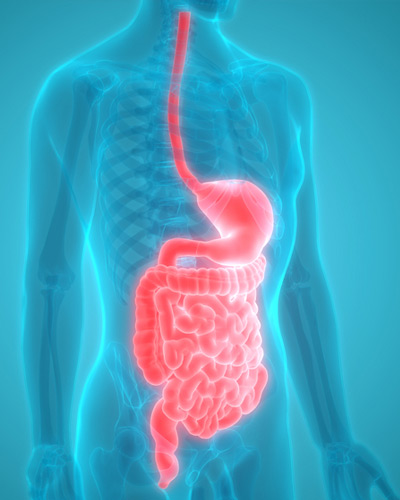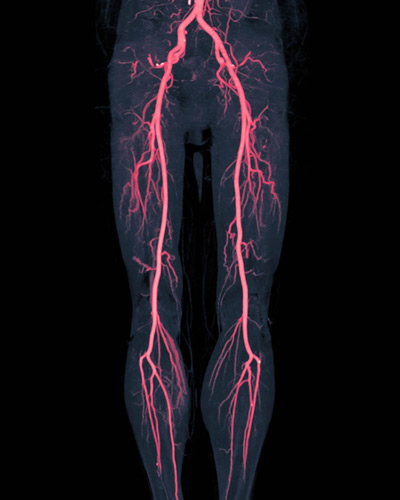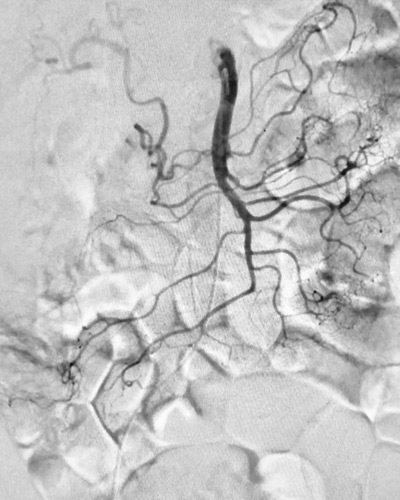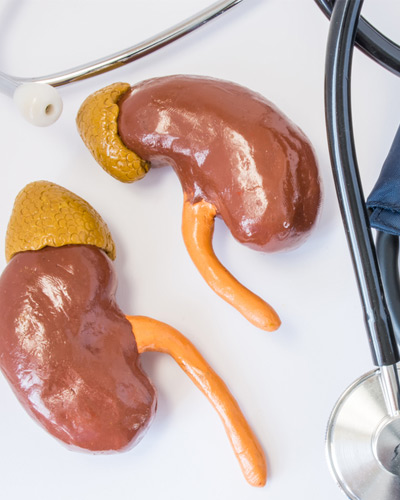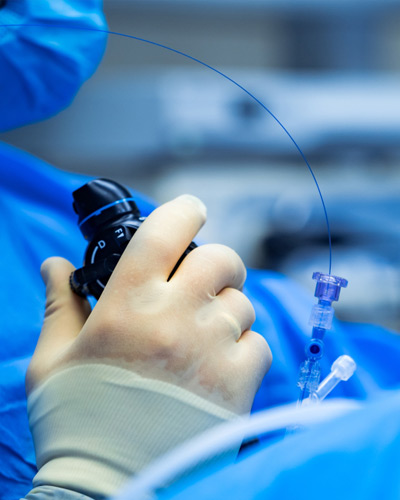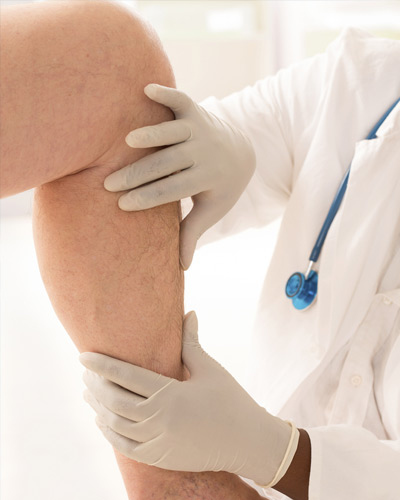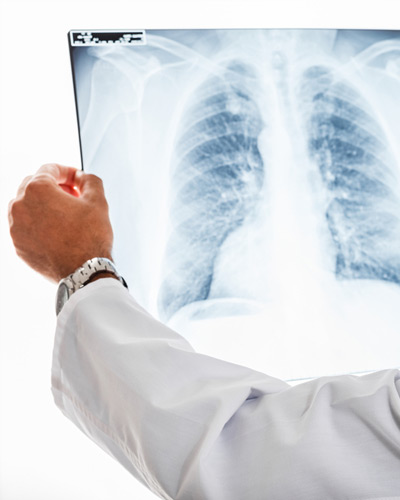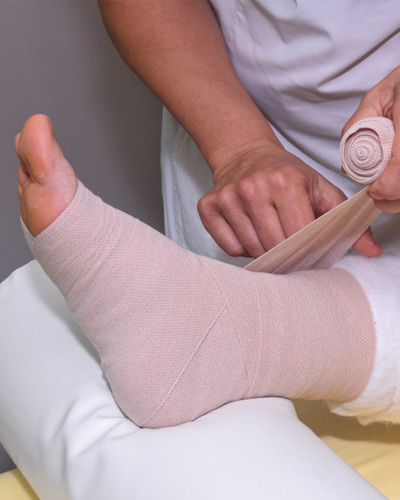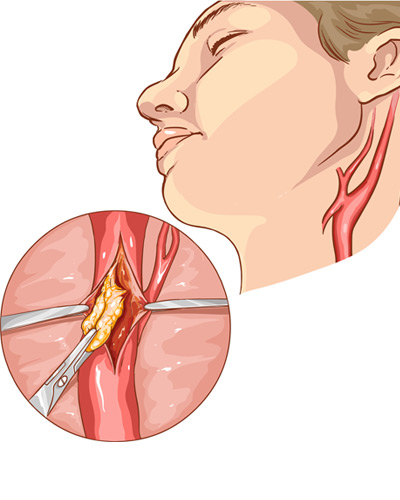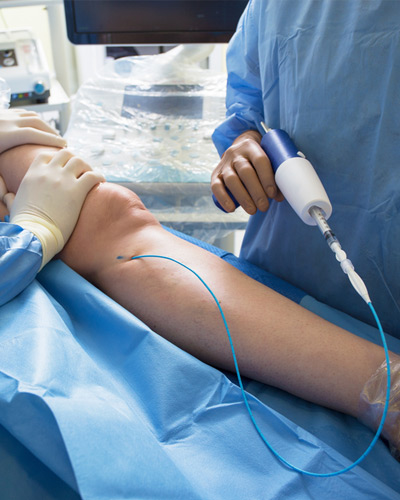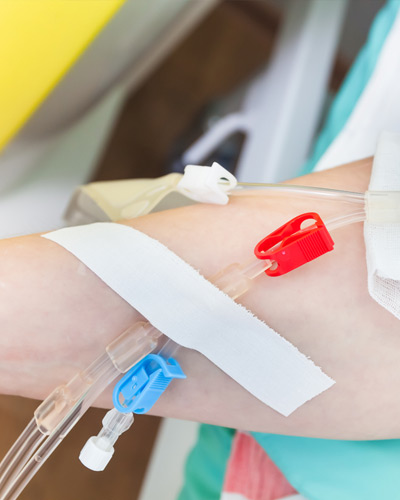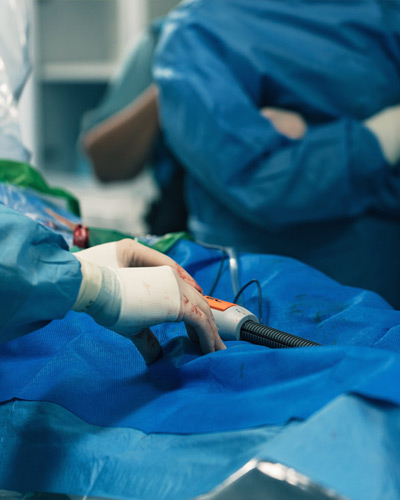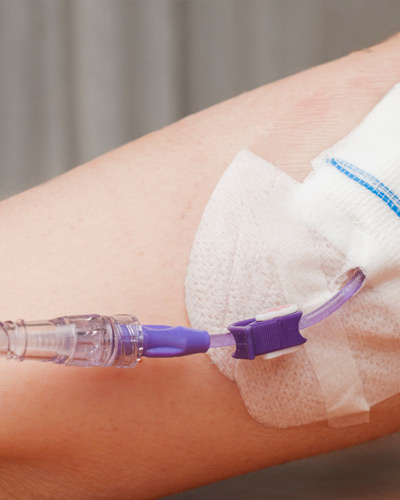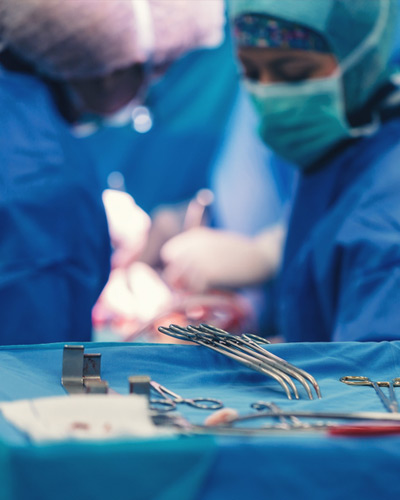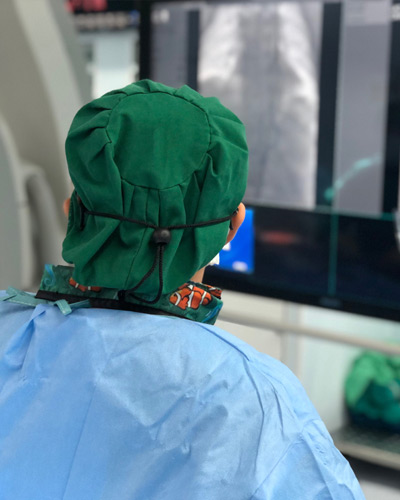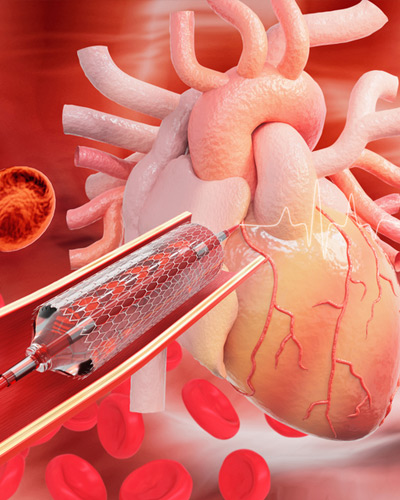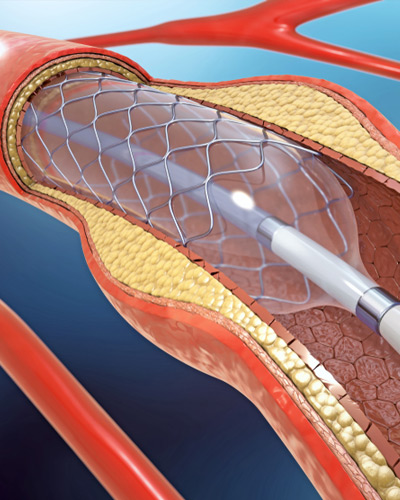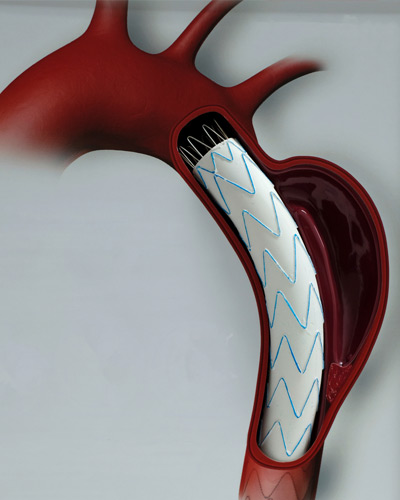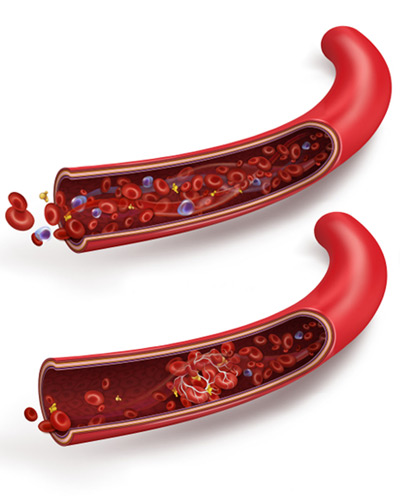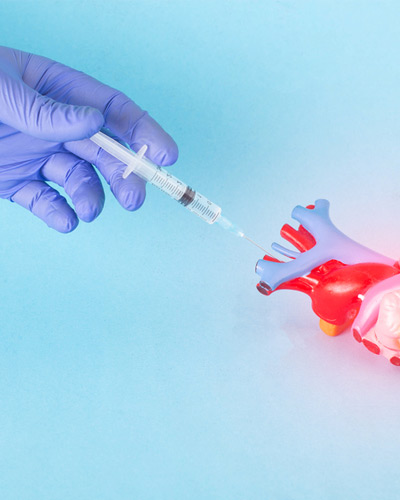OUR SERVICES
We are a multidisciplinary practice offering a wide range of Vascular and Podiatric services that help people enhance the quality of their lives.
Conditions Treated

Vascular Services
Peripheral Arterial Disease (PAD)
Is the narrowing or blockage of the vessels that carry blood from the heart to the legs, which is mainly caused by the accumulation of fat in the arteries, it can also be called Peripherovascular Disease (PVD). To prevent this condition we recommend a healthy diet and regular exercise.
Aortoiliac Occlusive Disease
Is the blockage of the aorta, the main artery that carries blood from the heart to the rest of the body. This disease may be managed by quitting smoking, controlling cholesterol and regular exercise. Or if further treatment is needed, our doctors can place a stent in your aorta to create a wider path for blood flow.
Carotid Artery Disease
Occurs when plaque, a substance made up of fat, cholesterol, calcium and other substances, clogs the blood vessels that carry blood and oxygen to the brain (carotid arteries). The best treatment for this condition is healthy eating and exercise habits.
Abdominal Aortic Aneurysm
Is a bulge in the aorta, the main artery that carries blood from the heart to the rest of the body, that depending on the size and exact location, our doctors may perform a surgery to repair or remove the damaged tissue.
Thoracic Aortic Aneurysm
Is a weakened area in the major blood vessel that feeds blood to the body (aorta). When the aorta is weak, blood pushing against the vessel wall can cause it to bulge like a balloon (aneurysm). For more information, contact us.
Endoleaks (Type I-V)
An endoleak is a fairly common complication of endovascular aneurysm repair surgery, a technique used to repair abdominal aortic aneurysm. The procedure involves placing a prosthesis inside the aorta to restore aortic function without having to operate directly on the aorta.
Mesenteric Ischemia
Occurs when narrowed or blocked arteries restrict blood flow to the small intestine. Decreased blood flow can permanently damage the small intestine. The best treatment is a healthy diet, good sleep and physical exercise.
Peripheral Aneurysm
Is an enlargement or weakened area in an artery other than your aorta that mostly affects the arteries in your legs or neck. Our doctors are experts in treating peripheral aneurysms because they use minimally invasive techniques to treat your condition.
Visceral Artery Aneurysm
Is a ballooning of the splenic, renal, hepatic or mesenteric arteries, which supply blood to the spleen, kidney, liver and intestines, respectively. Aneurysms are the result of weakening and thinning of the arterial wall. Our specialized physicians are in charge of monitoring your arteries to avoid any possible damage to your health.
Vascular Infections
An artery can become infected by bacteria, viruses or fungi. The infection circulates through the bloodstream and can cause fevers, chills and weight loss. It should be noted that it is not common for arteries to become infected, however our physicians are trained to treat you if you have an infection.
Giant Cell Arteritis
Is an inflammatory disease of large blood vessels. Symptoms may include headache, pain over the temples, flu-like symptoms, double vision, and difficulty opening the mouth. For more information contact us.
Renovascular Conditions
Are diseases of the arteries leading to the kidneys. These diseases can lead to high blood pressure and/or kidney failure. Fortunately, there is a treatment, which controls blood pressure and prevents kidney failure.
Vasculitis
Vasculitis is an inflammation of the blood vessels. The inflammation can thicken the walls of these vessels which restricts blood flow, so organs and tissues can be damaged. It is a rare condition, but our doctors are trained to treat you if you suffer from it.
Vascular Trauma
The term “vascular trauma” refers to injury to an artery, which carries blood to an extremity or organ, or to a vein, which returns blood to the heart. Our doctors can help you with treatments depending on your case.
Varicose Veins
Occur when veins become enlarged, dilate and fill with excess blood, causing them to swell and take on a purple-bluish or red color that generates pain. Doctors will advise you to make changes in your lifestyle, although there are also medical treatments to cure them.
Chronic Venous Insufficiency
Occurs when the veins in the legs do not allow blood to flow toward the heart. When these valves do not work properly, blood flows backwards and pools in the legs causing varicose veins, swelling or color changes in the leg.
Deep Vein Thrombosis
Occurs when a blood clot forms in one or more of the deep veins in the body, usually in the legs. Deep vein thrombosis can cause pain or swelling in the legs, but it can also occur without symptoms. For more information, consult our doctors.
Pulmonary Embolism
Is a sudden blockage in a pulmonary artery. It usually occurs when a blood clot breaks loose and travels through the bloodstream to the lungs. Pulmonary embolism is a serious condition that can cause permanent damage to the lungs. Our physicians use blood thinners or medical procedures to treat this condition.
Portal Hypertension
Is an increase in pressure within the portal vein, which carries blood from the digestive organs to the liver. This condition can be controlled by a healthy diet, medication, endoscopic therapy, surgery or radiology. For more information, contact us.
Lymphedema
Lymphatic malformation is swelling in an arm or leg caused by a blockage of the lymphatic system. The main symptom is swelling of an arm or leg, which may be accompanied by pain or discomfort. Exercise, bandages, massage and compression may help.
Thoracic Outlet Syndrome
Is a group of disorders that occur when blood vessels or nerves in the space between the collarbone and the first rib become compressed. This can cause pain in the shoulders and neck and numbness in the fingers. Our doctors accompany patients with the necessary treatment to cure this condition.
Carotid Endarterectomy
The Carotid endarterectomy is a surgery in which our doctors remove plaque buildup from inside a carotid artery in your neck.
Catheter-Directed Thrombolytic Therapy
Our team practices nonsurgical treatment for acute deep vein thrombosis that dissolves blood clots. These clots typically occur in your leg, thigh or pelvis but can travel.
Dialysis Access
A vascular access is a way to get to the blood to clean it. The access allows the blood to travel through soft tubes to a dialysis machine, where it is cleaned by passing through a filter called a dialyzer. The access is placed through a small surgical procedure performed by our specialist physicians.
Endovascular Repair of Abdominal Aortic Aneurysms
Endovascular repair is a type of treatment for an abdominal aortic aneurysm. You can take care of yourself by following healthy habits and getting regular medical checkups. Our doctors are trained to treat you if you suffer from it.
Endovascular Treatment of an Aortic Dissection
An aortic dissection is a tear in the lining of the aorta that creates two blood flow channels. Aortic dissection is a very complicated condition but our doctors are prepared for treatment necessary to improve your condition.
Peripherally Inserted Central Catheter Line
A peripherally inserted central line gives your physician access to the large central veins near the heart. It is usually used to administer medications or liquid nutrition.
Open Surgery Treatment of an Aortic Dissection
Is done to improve blood flow to the arteries that feed the abdominal organs and kidneys, and sometimes the pelvis and legs. Early diagnosis and treatment are important. Our physicians are specialized in this emergency surgery so that you feel confident in following your process with them.
Repair of a Thoracic Aortic Aneurysm
A thoracic aortic aneurysm is a bulging of the wall of the aorta, the main vessel that feeds blood from your heart to tissues and organs throughout your body. Your doctor will ask questions about your signs and symptoms, as well as your family’s history of aneurysm.
Surgical Bypass
With the help of a natural or synthetic graft, a surgical bypass routes blood flow around an area of blockage caused by peripheral arterial disease. There are different types of surgery and our doctors can make an accurate analysis to determine the best one for you.
Surgical Bypass for Aortoiliac Occlusive Disease
It is a treatment given to resolve the symptoms when medical management or minimally invasive therapies, such as balloon angioplasty and stenting, have not worked or are not suitable for you.
Thoracic Endovascular Aortic Repair
Is a procedure to treat an aneurysm in the upper part of your aorta. Our doctors are specialized in this minimally invasive surgery.
Thrombolytic Therapy
Thrombolytic therapy is the administration of lytics or “clot busters” to dissolve blood clots that have blocked your major arteries or veins and pose potentially serious or life-threatening implications.
Transcarotid Artery Revascularization
Transcarotid Artery Revascularization is a clinically proven, minimally invasive procedure to treat carotid artery disease and help prevent future strokes. Our specialized physicians are in charge of monitoring your arteries to avoid any possible damage to your health.

